Sony Xperia Z Ultra vs Samsung Galaxy Mega 6.3

Introduction
Battle of the titans gets an entirely new meaning when you pit the Sony Xperia Z Ultra against the Samsung Galaxy Mega 6.3. There have never been phones before with screens that large, so we had to stake a cage match.
In one corner is Sony's latest and greatest 6.4 inch phone, stuffed to the gills with a high-res display, watertight chassis, and record fast processor. In the other is the Mega 6.3, which should be a more “budget” version of a big-screen phone, if we look at the midrange specs, yet its price doesn't really convey that. Which one will prevail? Read on to find out...
Design
Believe it or not, the 6.4-inch Z Ultra is much larger than the 6.3-inch Galaxy phone. It is way taller and a tad wider than the Samsung handset, which makes it even more unwieldy to talk on or carry around. Not that with 8mm of the Mega 6.3 isn't slim, but at just 6.5mm, Sony's handset is record thin, which eases handling somewhat.
Still, you can forget about comfortable one-handed operation with both handsets, and sitting with them in your pocket is a chore, unless you carry combat pants with side pockets all the time. These sizes are actually only suited for purses, and talking through a Bluetooth headset, rather than, say, folks with skinny jeans, or any jeans, for that matter.
The buttons around the sides on both handsets are comfortable to feel and press, with good tactile feedback. Sony's round OmniBalance power/lock key is very well placed exactly where you thumb would be while holding the large handset, while the one on the Mega 6.3 is a bit off-kilter in comparison.
The Galaxy phone has the advantage of a user-replaceable battery, unlike what we get with the unibody design of the Xperia Z Ultra, which still grants you a microSD slot for storage expansion, though. Sony's sealed chassis has a major purpose, however, and it is to give the phone its IP58 certification, which means it can stay in up to 5 feet (1.5m) of water for about an hour, which is a huge plus for the Z Ultra when pitted against the Mega 6.3 – just try to watch the final season of “Breaking Bad” in the bathtub and you'll see what we mean.
Display
The Galaxy Mega 6.3 features a HD LCD display, which is the norm for upper midrangers these days. It spreads the 720x1280 resolution over the giant 6.3” screen, ringing in 233ppi pixel density- nothing to write home about, so some text and icon corners will appear jagged if you look closer. Sony Xperia Z Ultra features a 1080x1920 pixels Full HD display with 342ppi pixel density, so even at that screen size you'd be hard-pressed to tell the individual pixels from a normal viewing distance.
Sony uses its new Triluminous technology for the panel, which provides more vibrant colors with a richer number of hues on paper, and in reality the whole image indeed looks very appealing, without being oversaturated. The colors on the Mega 6.3 look duller in comparison, and more washed-out.
As for the outdoorsy performance, both displays exhibit similar peak brightness levels, but the Galaxy Mega 6.3 sports worse reflectance than the Xperia Z Ultra, so it's harder to tell the image in sunlight, for example. Both displays sport very good viewing angles, which in the case of Sony's phablet is a relief when we remember the narrow angles of the display on the flagship Xperia Z.
Sony one-ups the Mega 6.3's display in another aspect as well, since you can write or doodle on the display of the Z Ultra with pens or even pencils lying around, instead of a dedicated stylus, with superior handwriting recognition.
Interface and functionality
We get Android 4.2.2 on both phones, covered with the respective branded overlays – TouchWiz Nature UX for Samsung, and Socialife for Sony. The interfaces redraw into dedicated landscape modes when you turn the phones sideways, which come pretty handy with such large panels.
Galaxy Mega 6.3 offers the famed multi-windows mode of Samsung, which splits the screen in two parts with adjustable size, where you can run two completely different apps at the same time. On a 6.3” display this multitasking prowess is a really useful tool, whereas the Xperia Z Ultra has a “mock” version of that, with the Small Apps dock appearing when you press the multitasking navigational button. It “floats” a calculator, browser window, notes and several other tools on top of whatever you are doing underneath for added functionality.
Processor and memory
Quad-core Snapdragon 800, clocked at 2.2 GHz, versus a dual-core Snapdragon 400 at 1.7 GHz – just the dry numbers should tell you which one is the speed king here, and it is the Xperia Z Ultra. The handset is so fast that it topped our benchmark results so far. That shows in the everyday interaction with the phone, too, with barely any lag in the interface, instant auto-rotate and landscape redraw, as well as brilliant 3D graphics when you get into gaming mode with the Adreno 330 GPU.
Sony's phone also sports more RAM than the Galaxy Mega 6.3 – 2 GB vs 1.5 GB – which further aids performance and multitasking with the phone. Internal memory amount is greater with the Z Utra, too, double the 8 GB count of Samsung's phone, but both numbers can be built on with a memory card slot.
Internet and connectivity
Browsing on these large display panels is one of the activities that ease the pain of carrying the huge devices around, and it is again a better experience on Sony's slab, but not because of the negligibly larger screen size. Besides the better quality of the Z Ultra's display, we also get an extremely fast rendering machine, as you can see in the HTML5 benchmarks above. Panning, scrolling and zooming are buttery smooth and instantaneous on Sony's phone, whereas these actions look a tad “choppy” in comparison on the Mega 6.3.
Sony's phone is the first octaband LTE handset, supporting more bands than any other 4G handsets on the market, including the 2 and 4 that US carriers use to lock phones to their networks. It also features 42.2 Mbit/s HSPA+ pentaband modem for true global phone phone abilities. The Galaxy Mega 6.3 supports European/Asian frequencies with the same maximum download speeds, but it has a hexaband LTE radio only.
Both devices sport Wi-Fi radios, with support for the fastest ac standard, and we also get Bluetooth 4.0 on both, A-GPS, FM Radio and NFC, while Sony's phone adds DLNA streaming as well. MHL ports are present on the Mega 6.3 and the Z Ultra, so you can wire up a TV to the phones with the respective cables.
Camera
Both handsets have 8 MP cameras on the back, but the one on the Z Ultra lacks an LED flash companion. We get plenty of scene and shooting modes in the camera apps, plus a number of color effects thrown in. Sony lets you shoot both stills and videos in HDR mode, and offers much faster camera app startup and shot-to-shot times, especially for HDR photos, compared to Samsung's phone.
Both devices offer a slightly more saturated look than the scene gives in reality, but luckily we didn't spot any glaring exposure or white balance issues. Detail captured is in the normal range for 8 MP shooters..
Noise creeps up significantly more in low-light situations when you are shooting with the Z Ultra than the results from the Mega 6.3, and the lack of LED flash makes matters even worse when it is dark around.
Video is captured with fluid 30 fps in 1080p resolution from the phones, but the Z Ultra has an added advantage here, sporting a superior HDR mode, which evens out the footage dynamic range, and should be left on at all times.
Multimedia
Rich image editing options can be found built into the grid-style gallery apps on both handsets, and it is pretty handy to work on such large screen canvass. Z Ultra offers the ability to outline for cropping, to annotate and shoot an image via email, all without letting go of a regular pen or pencil.
The music apps offer a number of equalizer presets and sound modes, but the phones sport pretty average loudspeakers, which are strong enough, but not that adamant on quality sound output, no matter which sound enhancement you apply.
Watching videos is what such large handsets are best at, compared to other phones, simply on account of their screen sizes. Both phones support all major video formats out of the box, up to 1080p resolution. On the Xperia Z Ultra, however, such footage will be shown in its beautiful native resolution, plus the superior contrast and antireflectance coating make viewing much better indoors and out, compared to the Mega 6.3.
Call quality
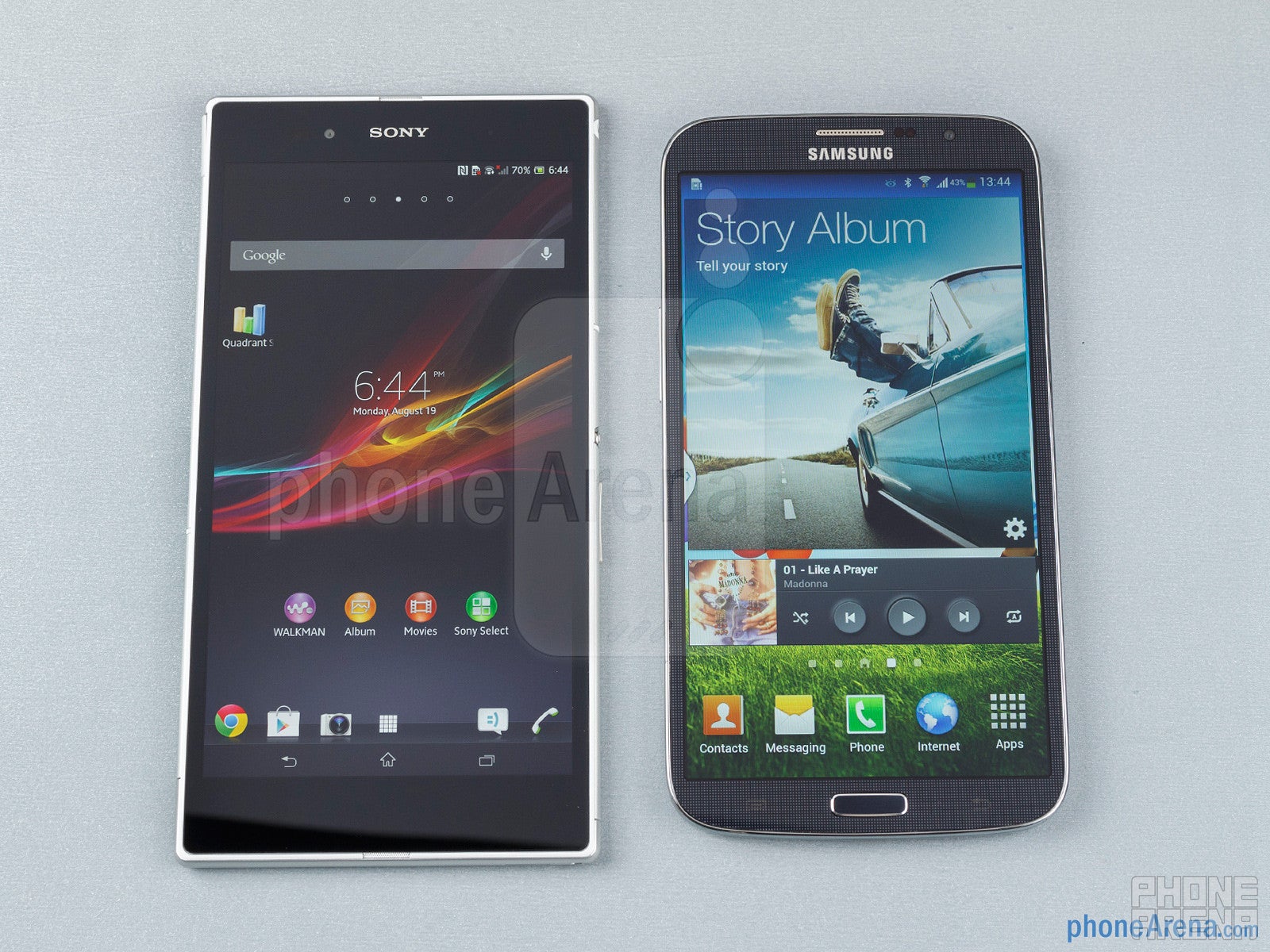
Battery
Galaxy Mega 6.3 has the upper hand in terms of battery capacity, with a 3300 mAh unit compared to the 3000 mAh one in the thinnest Full HD smartphone. It also sports lower resolution display, so in terms of video playback Samsung cites 11 hours, which is much more endurance than Sony's 7 hour claims.
Galaxy Mega 6.3 is quoted for 82 hours of music playback, compared to the whopping 110 hours of the Z Ultra, but Samsung reclaims its endurance superiority in talk times – 17 hours in 3G mode against the still excellent 14 hours for Sony. Xperia Z Ultra clocks in better standby numbers, though – 21 days in 4G mode, versus 16 days for the Mega 6.3.
Conclusion
The Sony Xperia Z Ultra excels in almost every category imaginable before the Galaxy Mega 6.3, save for overall size, camera and earpiece quality somewhat. It has the look and feel of a much more polished, premium and even elegant handset, compared to Samsung's phone, if you can use this word for these giant devices. Sony's handset also has a much better screen, way faster processor, better connectivity options, and is waterproof to boot, negating the swappable battery advantage of the Mega 6.3.
To top it all off, Samsung's plastic handset is not that much lighter than the metal/glass Xperia Z Ultra, and its price is just about 30% lower, so if you are bent on carrying a huge slab with you at all times, you'd better splurge for a one with the premium build and future-proof ingredients of the Z Ultra,

Follow us on Google News


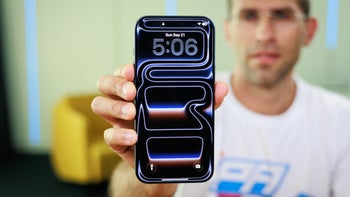
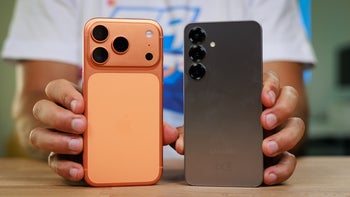
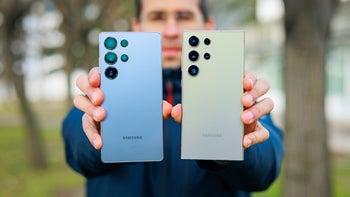
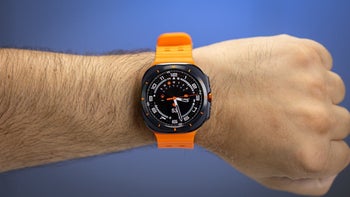
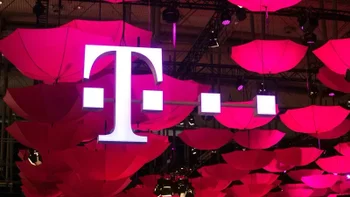
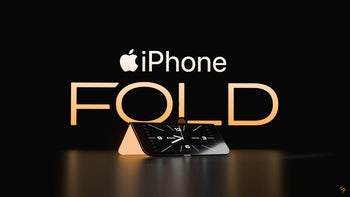
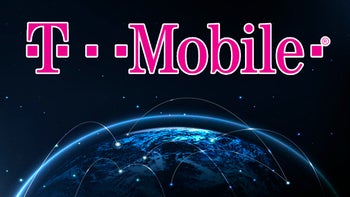
![A new Android bug is making it impossible to install new apps. Are you affected? [UPDATE]](https://m-cdn.phonearena.com/images/article/176703-wide-two_350/A-new-Android-bug-is-making-it-impossible-to-install-new-apps.-Are-you-affected-UPDATE.webp)
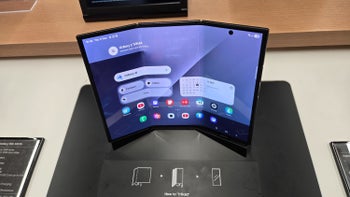
Things that are NOT allowed:
To help keep our community safe and free from spam, we apply temporary limits to newly created accounts: